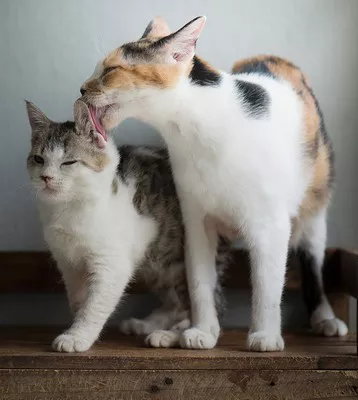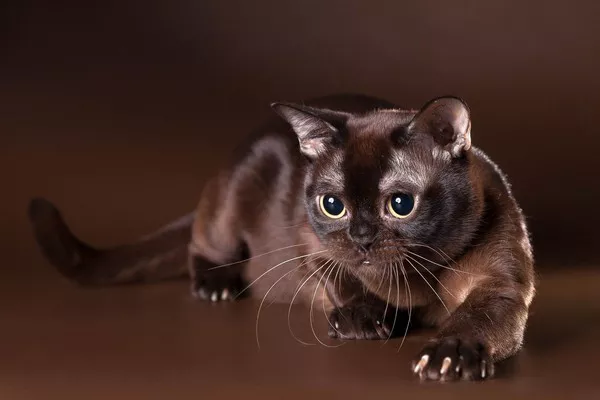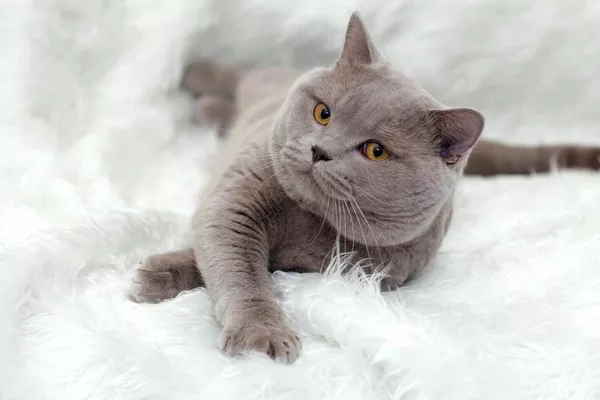Calico cats, with their stunning tricolor coats and unique personalities, have charmed their way into countless households as beloved companions. While these feline wonders bring joy, warmth, and an unmistakable aesthetic appeal, it’s essential for prospective cat owners to be aware of the potential challenges that may arise. In this comprehensive exploration, we delve into the cons of having a calico cat, considering factors ranging from genetic predispositions to specific behavioral traits. Understanding these challenges equips cat guardians with the knowledge needed to provide the best care and create a harmonious environment for their calico companions.
The Genetic Complexities
1. Gender-Linked Coat Color:
One of the unique genetic features of calico cats is the gender-linked nature of their coat color. In most cases, calico cats are female, with the tricolor pattern resulting from the interaction of X and Y chromosomes. This genetic predisposition brings about the stunning coat colors but is also associated with certain challenges, as male calico cats are a rarity and often sterile.
2. Potential for Health Issues:
While the tricolor coat itself is not a direct cause of health issues, the genetic factors influencing coat color may contribute to certain conditions. For instance, calico cats with predominantly white coats may be more prone to deafness, especially if the white coloration extends to the ears. Understanding these potential health considerations is crucial for proactive veterinary care and addressing any emerging issues promptly.
Behavioral Challenges
1. Territorial Marking:
Calico cats, like many felines, may exhibit territorial marking behaviors. The strong territorial instincts associated with calico cats can lead to urine marking as a means of establishing and defining their territory. This behavior, while natural for cats, can become a challenge for cat guardians, particularly if it occurs in undesirable locations within the home.
2. Independent Nature:
Cats, in general, are known for their independent nature, and calico cats are no exception. While some cat owners appreciate the self-sufficiency of felines, others may find it challenging, especially if they were expecting a more openly affectionate or interactive companion. Calico cats may not always seek constant attention, and their independent streak can be misunderstood by those expecting a more clingy or social pet.
3. Variable Temperaments:
The diverse genetic influences on calico cats can result in a range of temperaments. While many calico cats are known for their affectionate and playful nature, others may exhibit more reserved or cautious behavior. The variability in temperaments may present a challenge for cat guardians who need to adapt their approach based on the individual personality of their calico companion.
4. Selective Bonding:
Calico cats, like all felines, can be selective in their bonding preferences. While some calicos may form strong and exclusive bonds with specific individuals, others may not be as inclined toward human companionship. The selective nature of bonding can be challenging for cat owners seeking a consistently affectionate and responsive pet.
Grooming Demands
1. Long-Haired Varieties:
Some calico cats, particularly those of specific breeds like the Persian or Maine Coon, may have long and luxurious fur. While the beauty of long-haired calico cats is undeniable, it comes with the demand for regular and attentive grooming. Long-haired calicos are prone to matting and tangling, and failure to maintain their coats can lead to discomfort and potential health issues.
2. Shedding:
Calico cats, like many other breeds, shed their fur regularly. This shedding can be more noticeable in calicos with darker coats, and cat guardians may find themselves dealing with fur on furniture, clothing, and various surfaces. For individuals with allergies, the shedding of cat fur may pose additional challenges.
Potential Health Concerns
1. Susceptibility to Dental Issues:
While not exclusive to calico cats, certain breeds, including those with calico coloring, may be more prone to dental issues. The combination of genetic factors and individual oral hygiene practices can contribute to dental problems. Cat guardians of calico cats need to be diligent in providing regular dental care and veterinary check-ups to address and prevent potential dental concerns.
2. Risk of Obesity:
Obesity is a health concern for cats of any coloration, but it’s worth noting that calico cats, like their feline counterparts, may be at risk. The combination of genetic factors, lifestyle, and dietary choices can influence a calico cat‘s susceptibility to obesity. Maintaining a balanced diet, providing regular exercise, and monitoring weight are essential for preventing obesity-related health issues.
Managing Behavioral Issues
1. Inappropriate Urination:
Calico cats, particularly those with strong territorial instincts, may engage in inappropriate urination. This behavior can be challenging for cat guardians, as it may require addressing underlying causes such as stress, changes in the household, or health issues. Implementing effective litter box management and identifying triggers for inappropriate urination are crucial for mitigating this challenge.
2. Scratching Behavior:
Cats, including calicos, have a natural instinct to scratch as a means of marking territory and maintaining healthy claws. While scratching is a normal behavior, it can become a challenge if directed towards furniture or other undesirable surfaces. Cat guardians may need to provide suitable scratching posts, regularly trim claws, and use deterrents to manage scratching behavior effectively.
Addressing Challenges
1. Regular Veterinary Care:
To mitigate potential health concerns associated with calico cats, regular veterinary check-ups are essential. Cat guardians should establish a routine schedule for vaccinations, dental care, and overall wellness examinations. Proactive veterinary care helps identify and address health issues early, contributing to the long-term well-being of calico cats.
2. Grooming Practices:
Cat owners of long-haired calico breeds must commit to regular grooming practices. Brushing the cat’s coat, especially in areas prone to matting, helps prevent tangles and maintains a healthy coat. Professional grooming services may also be sought for cats with extensive grooming needs.
3. Enrichment and Mental Stimulation:
To address behavioral challenges associated with territorial instincts and independent nature, cat guardians can provide enrichment and mental stimulation. Interactive toys, climbing structures, and activities that engage a calico cat’s natural instincts contribute to a more content and fulfilled feline companion.
4. Positive Reinforcement:
Managing behavioral challenges often involves positive reinforcement techniques. Rewarding desired behaviors with treats, play, and affection creates positive associations and encourages calico cats to engage in behaviors that align with their guardians’ expectations.
5. Understanding Individual Preferences:
Each calico cat is a unique individual with specific preferences and tolerances. Cat guardians benefit from observing and understanding their calico’s cues, respecting individual boundaries, and adapting their approach based on the cat’s comfort level.
Conclusion
While calico cats bring immense joy, beauty, and charm to the households fortunate enough to have them, it’s essential to acknowledge and navigate the potential challenges they may present. Understanding the cons of having a calico cat empowers cat guardians to proactively address genetic predispositions, behavioral traits, and grooming demands. With commitment, patience, and a willingness to meet the individual needs of their calico companions, cat guardians can create a thriving and harmonious environment, fostering a deep and enduring bond with these captivating feline wonders.


























